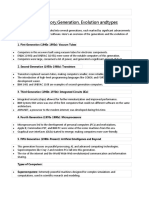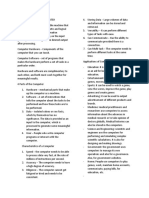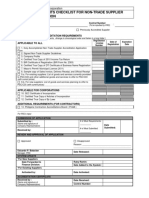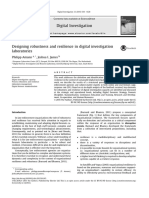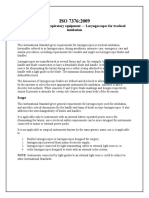0% found this document useful (0 votes)
43 views9 pagesIntroduction To Computers (UCC 002)
A computer is an electronic device that processes data through the Input-Process-Output cycle, characterized by speed, automation, accuracy, multitasking, connectivity, storage, and AI capabilities. The evolution of computers spans five generations, from vacuum tubes to AI and quantum computing, and they can be categorized by size and purpose. Key components include hardware (input/output devices, processing units, storage) and software (system, application, programming), with networks facilitating communication and security measures essential for protection against cyber threats.
Uploaded by
10tituskCopyright
© © All Rights Reserved
We take content rights seriously. If you suspect this is your content, claim it here.
Available Formats
Download as PDF, TXT or read online on Scribd
0% found this document useful (0 votes)
43 views9 pagesIntroduction To Computers (UCC 002)
A computer is an electronic device that processes data through the Input-Process-Output cycle, characterized by speed, automation, accuracy, multitasking, connectivity, storage, and AI capabilities. The evolution of computers spans five generations, from vacuum tubes to AI and quantum computing, and they can be categorized by size and purpose. Key components include hardware (input/output devices, processing units, storage) and software (system, application, programming), with networks facilitating communication and security measures essential for protection against cyber threats.
Uploaded by
10tituskCopyright
© © All Rights Reserved
We take content rights seriously. If you suspect this is your content, claim it here.
Available Formats
Download as PDF, TXT or read online on Scribd
/ 9






